3D culture
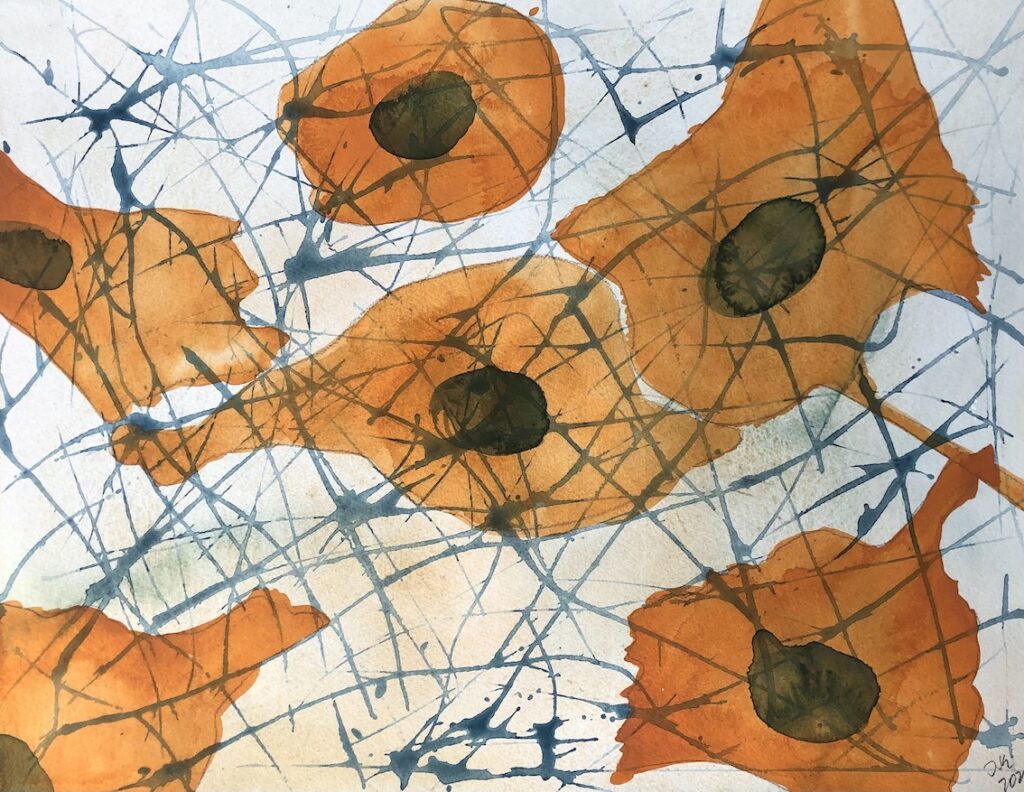
Biosilk and Biolaminin key advantages
Biosilk self-assembles into a fibrous network that mimics the dimensions of ECM and promotes cell-cell and cell-matrix interactions. The Biosilk network is flexible and supports cellular remodeling, self-organization, and morphogenesis.
In the Biosilk fibrillar network, nutrients can flow into the inner part of the organoid, giving more effective and uniform cellular specialization and organization. Cells do not need to be encapsulated.
Biosilk is a completely defined recombinant spider silk protein matrix that is non-immunogenic and biodegradable, further facilitating its use in clinical applications.
Biolaminin protein isoforms can be added to different organoid culture systems, such as hydrogels, to support the correct cell phenotype and cell attachment. Biosilk 3D network can be easily supplemented with Biolaminin isoforms and other ECM proteins.
All our matrices are chemically defined and animal origin-free, which makes them ideal substrates for each level of the scientific process – from basic research to clinical applications.
3D cell culture and organoid formation
3D culture systems for disease modeling, drug screening, and regenerative medicine
The cell microenvironment consists of extracellular matrix, oxygen and nutrient gradients, and both cell-to-matrix and cell-to-cell interactions. To enhance biological research, drug discovery processes, and regenerative medicine applications, cells are often cultured in a three-dimensional environment (3D) instead of two-dimensional monolayer cultures.
Recent advances in stem cell culture have made it possible to grow organoids; in vitro 3D tissues. Organoid protocols have been described for a variety of organs, including the digestive tract, kidney, and brain. The low success rate in clinical drug trials has shown the need for improved preclinical 3D culture systems that accurately represent in vivo conditions and tissue-specific characteristics, allowing drug safety and efficacy assessment from an earlier stage of drug development. 3D models applied to a high-throughput format are under development for large-scale screening systems.
Scientists have long been developing more reproducible 3D gel and network models to replace the previously commonly used xenogeneic matrix extracts, such as the ones derived from Engelbreth-Holm-Swarm mouse sarcoma tissue. Now scientists agree that these extracted matrices are too undefined and famously suffer from high batch-to-batch variability and xenogeneic origin, preventing robust protocols and clinical use. To accommodate these needs, Biolaminin and Biosilk products are animal origin-free and documented even for clinical use, in addition to giving prominent functional advantages for cell culture applications.
Permeable Biosilk fiber network for defined and biocompatible 3D cell culture
Biosilk is a recombinant spider silk biomaterial that has the ability to self-assemble into a microfibrous network, such as foam, and which can be easily biofunctionalized with different ECM proteins, like laminins. This helps to better recapitulate physiologically relevant aspects of developing human tissue. For example, Biosilk has been successfully used for the expansion of pluripotent stem cells and subsequent neural cell differentiation with additional Biolaminin 521 (Biosilk 521). A reproducible ventral midbrain organoid model, with functionally mature cells even in the core of the organoids, was generated with Biosilk and Biolaminin 111 (Fiorenzano et al. 2021).
The fibrillar Biosilk network allows the formation of channels throughout the 3D culture, which facilitates the diffusion of oxygen, medium, and patterning factors (Åstrand et al. 2020). This enables long-term differentiation protocols and makes it possible to generate larger organoids with uniform cellular specialization and organization, without an increased risk of getting necrotic centers. Besides these advantages, Biosilk is also a biodegradable and non-immunogenic biomaterial, which facilitates future use in clinical applications. These advantages make Biosilk a great choice for successful 3D applications.
Hydrogel models with Biolaminin
Full-length laminins have proven to be crucial components for proper organoid formation also in gel models. By using different Biolaminin products, many culture systems can be fine-tuned to meet the tissue-specific characteristics of an in vivo-like microenvironment.
See our Application note for examples of studies using biofunctionalized hydrogels:
Gjorevski and co-authors (2016) showed that only the full-length laminin-111, and not laminin-derived peptides, is sufficient for intestinal organoid formation in a defined hydrogel matrix.
Dobre and co-authors (2021) developed a 3D culture system with a defined matrix composition that reflects the complexity of the native ECM, where growth factors in combination with Biolaminin isoforms give more natural cellular processes. The authors incorporated the full-length Biolaminin 521, 332, and 411 proteins into a synthetic polymer network with controlled physicochemical properties, and showed examples of hMSC osteogenesis and neurite growth in this 3D microenvironment. The study appreciated the tissue-specific interactions between full-length laminin isoforms and growth factors – laminins do not only support cell function by interacting directly, but also by binding with a large range of growth factors and presenting them effectively to the cells. This property makes laminins even more important components for tissue engineering.
Ye and coauthors (2020) reported a defined, nonimmunogenic hydrogel matrix utilizing Biolaminin-111 as a bioactive component for liver organoid culture. The authors show that LEC, which is derived from mouse sarcoma, can be replaced with the human recombinant Biolaminin-111 resulting in similar proliferative potential. This makes the liver organoid expansion system completely synthetic and potentially applicable even for clinical applications.
An economical and automated platform for the generation of human liver spheres was developed by Lucendo-Villarin and co-authors (2020). Stem cell-derived liver tissues with hepatic progenitors, endothelial cells, and hepatic stellate cells, differentiated with the help of Biolaminin 521, permit the study of human liver biology and can be scaled for drug screening. A detailed protocol for this effective model system was also published (Meseguer-Ripolles et al. 2021).
Succeed with your application
-
Application note 019: Brain organoid modeling with Biosilk 3D scaffold
Permeable spider silk fiber scaffold allows differentiation and long-term organoid culture without n
Open pdf -
Publication: Single-cell transcriptomics captures features of human midbrain development and dopamine neuron diversity in brain organoids
Fiorenzano et al. 2021 Nature Communications
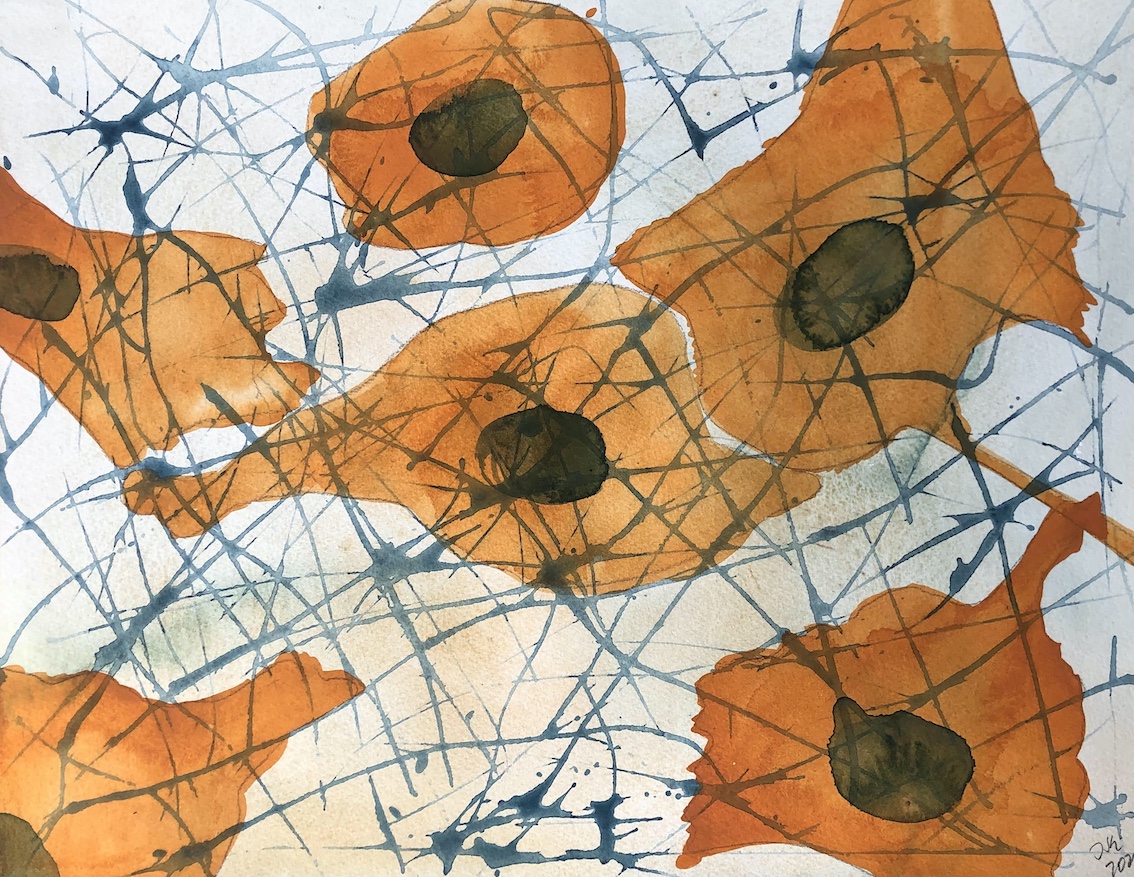 Read more
Read more
-
Application note 024: Biofunctionalized hydrogels — Biolaminin® proteins for tissue-specific functionalization
This application note introduces how recombinant full-length laminins, Biolaminin® can be used to c
Open pdf -
Instructions 011: Biosilk 3D scaffolds for differentiation and proliferation of hPSCs
Protocol for human pluripotent stem cell expansion, differentiation and organoid formation in 3D
Open pdf -
Instructions 012: Biosilk® and Biolaminin® free-floating scaffolds in 96-well plate for hPSC culture
Guideline for human Pluripotent Stem Sell integration into free-floating Biosilk scaffolds fitted in
Open pdf -
Publication: Biosilk with laminin-521 for hPSC neural differentiation in 3D network
Åstrand et al. 2020 Biomaterials Science
Read more -
A Chemically Defined Hydrogel for Human Liver Organoid Culture
Ye S., Boeter J.W.B., Mihajlovic M., van Steenbeek F.G, van Wolferen M.E., Oosterhoff L.A., Marsee A., Caiazzo M., van der Laan L.J.W., Penning L.C., Vermonden T., Spee B., and Schneeberger K. Adv. Funct. Mater. 2020
Read more -
OtherMay 24, 2021
FAQ
Frequently Asked Questions This FAQ page provides answers to common questions about Biolaminin and B
Recommended products
-
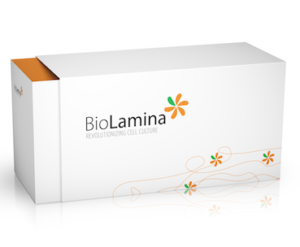
Biosilk
3D culture substrate
Biosilk is a natural biomaterial made of recombinant spider silk protein, a useful tool for a wide range of 3D culture applications, such as organoid culture and other tissue engineering applications. Biosilk can be mixed with any Biolaminin matrix for cell functionality and identity.View product -

Biosilk 521
3D culture substrate
Biosilk 521 is a natural biomaterial made of spider silk and laminin 521 – a biocompatible 3D culture mesh for expansion and long-term differentiation of human pluripotent stem cells and for organoid formation of various cell types.View product -
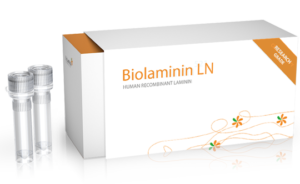
Biolaminin 111 LN (LN111)
Full-length human recombinant laminin-111
Biolaminin 111 is a full-length laminin-111 protein—an essential extracellular matrix component for many cell types in vivo. It has proven particularly effective in supporting the differentiation of functional hepatic and neural cells in a chemically defined and xeno-free culture.View product -

Biolaminin 521 LN (LN521)
Full-length human recombinant laminin-521
Biolaminin 521 LN is a full-length laminin-521 substrate—the natural laminin for pluripotent stem cells, reliably facilitating ESC and iPSC self-renewal in a chemically defined, xeno-free stem cell culture system. It also uniquely promotes the growth and identity of various tissue-specific human cell types.View product
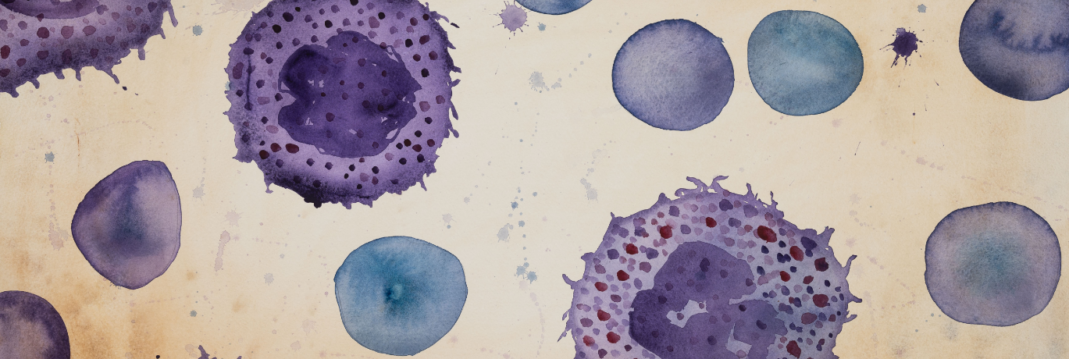
Talk to our team for customized support
We are here to help you in your journey.